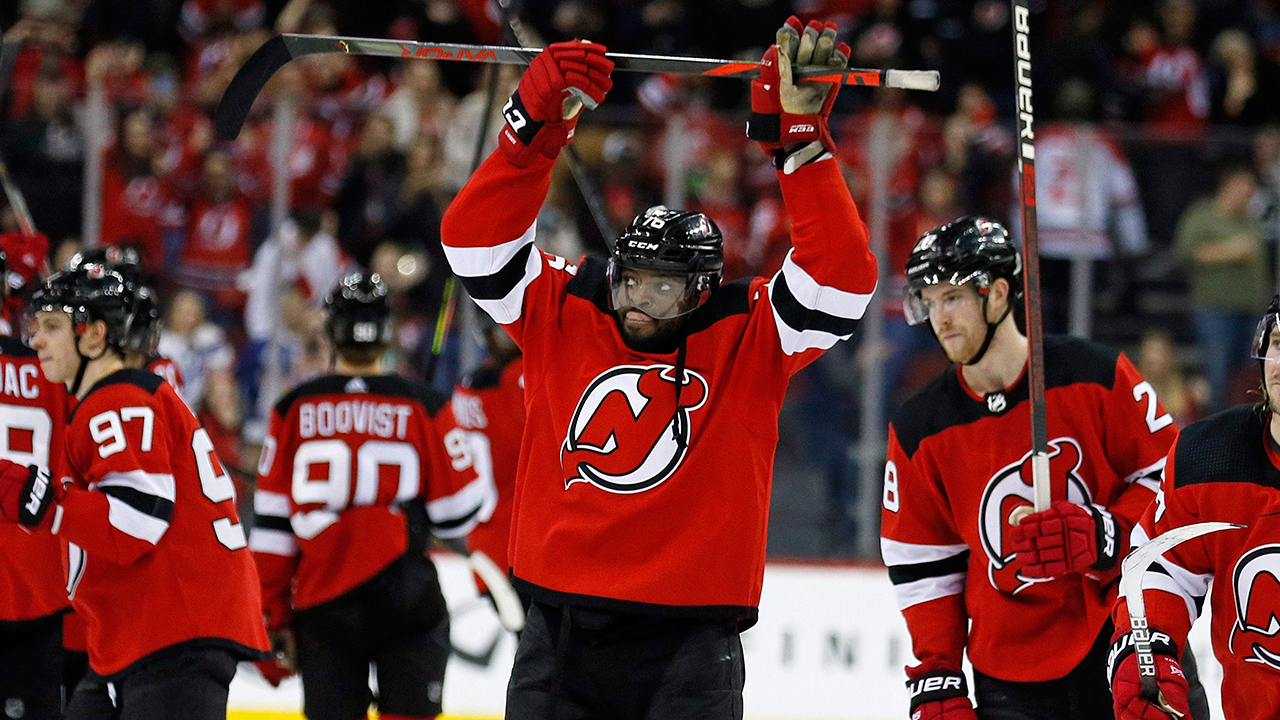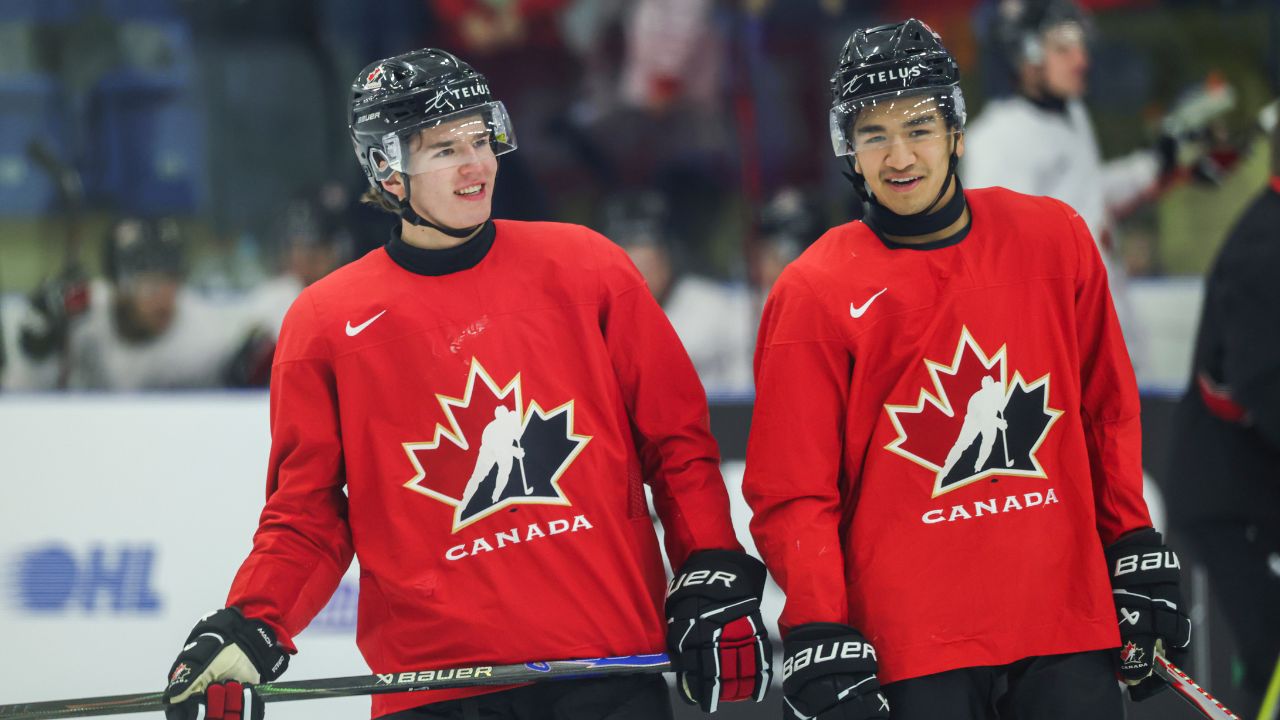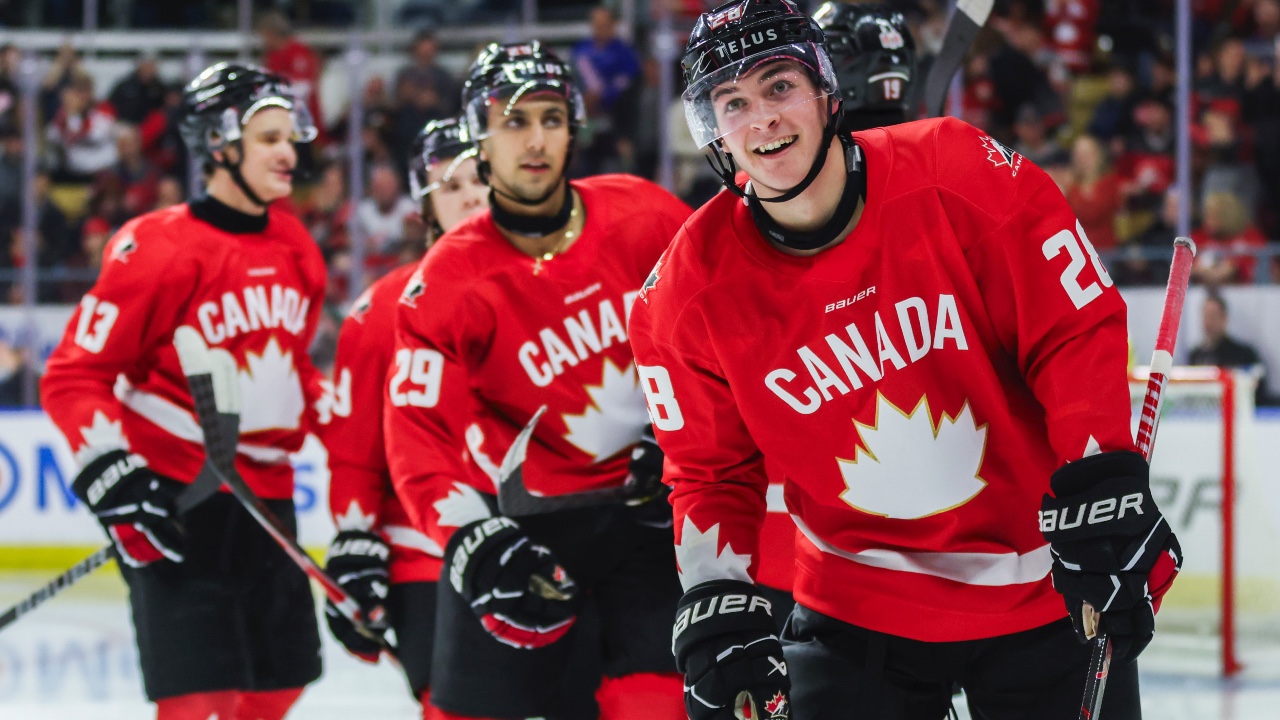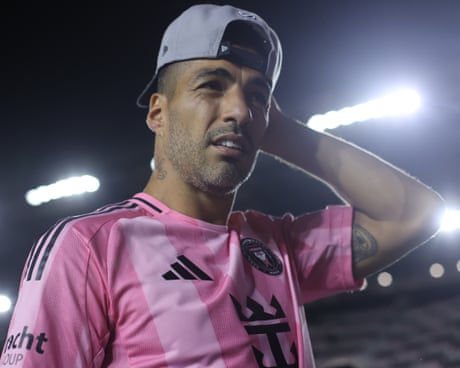
Remember that feeling of coming home from the office, dropping a bag and flicking open a handful of overtaxed buttons to start the process of changing from the clothes you wear to satisfy society’s demands to the ones you exist in for 98 per cent of your home life?
Of course you don’t, because we’ve all been living in sweat pants for eight months.
That said, when you think of NHL general managers — pandemic or not — it’s hard to picture them in anything but the rigid, high-powered suits that speak to the nature of their occupation. And right now, that job for many of those men entails figuring out ways to find relief in the face of a flat salary cap.
Luckily, there are also some cap-flexible teams that could provide the financial equivalent of stretchy pants — for a price, of course.
On the weekend, Luke Fox examined 10 clubs being licked by the flames of salary cap hell. Today, we’ll explore seven teams at the other end of the spectrum. Some are rebuilding squads that could be looking to snag picks or prospect sweeteners. Others are clubs that (we think) aim to be competitive next season and might be able to pull off a move or two in that pursuit.
Here, then, are the teams to keep an eye on in terms of adding salary from desperate teams in the coming weeks and months. (All cap figures provided by the wonderful capfriendly.com.)
Detroit Red Wings
Cap space: $15,238,611
Detroit has the potential to be the league’s one true dumping ground. (That sounds awful; it’s actually not.)
In the midst of a long rebuild that has, thus far, not been aided by any draft lottery luck, GM Steve Yzerman has already made one shrewd, salary-related move by taking defenceman Marc Staal and his $5.7-million cap hit from the Rangers, while getting New York to toss in a pretty tasty 2021 second-rounder.
Its lack of lottery fortune means Detroit doesn’t have anyone in the fold who figures to need a big raise coming off an entry-level deal in the next couple of years, though the Wings do need to hammer out a new deal with RFA Anthony Mantha. The Illitch family spent whatever was required when its teams — the Red Wings and Detroit Tigers — were chasing championships. Cutting some cheques with the Wings now at their nadir could also help.
Ottawa Senators
Cap space: $14,302,501
This is a tricky one. Yes, Ottawa has the space to absorb a bad contract, but it is also trying to turn a corner in short order and has young players flooding the system. The Senators did not mess around extending Thomas Chabot in training camp last fall, getting a $64-million pact in place a year before the young defenceman could become an RFA. Brady Tkachuk is next, as his entry-level deal expires at the conclusion of this coming season.
Ottawa is barely removed from a time when it was jettisoning homegrown guys like Erik Karlsson and Mark Stone, who signed huge new deals in San Jose and Vegas, respectively. The Senators want to assure fans things will be different with the next generation of stars, and if those kids — like No. 3–overall pick Tim Stutzle — turn out to be as good as Ottawa hopes, the Sens will need much of this space soon enough.
Where the Senators can take a swing is with cases like Matt Murray. While many teams who liked the former Pittsburgh Penguins goalie were likely hesitant to commit $6.25 million per year, Ottawa had the space to bet on him regaining his championship form.
Nashville Predators
Cap space: $12,942,190
When Nashville started clearing the decks — trading Nick Bonino, buying out Kyle Turris, stating it would not be re-signing Mikael Granlund — there was some sense the Preds could be getting in on the Taylor Hall bidding. But one year after inking Matt Duchene on the open market, Nashville has yet to make a big move.
If Nashville were going to sign Mike Hoffman, the top remaining goal-scorer on the market, it feels like it would have happened by now. It’s too bad the Preds are division rivals with the Winnipeg Jets, who may or may not be going down the path of trading young sniper Patrik Laine. That’s precisely the kind of big-ticket scorer Nashville could and should add.
New Jersey Devils
Cap space: $17,195,001
New GM Tom Fitzgerald — who has just 16 players signed to the main roster — already swooped in and took Ryan Murray off the Blue Jackets’ hands as the latter looked to clear a little room. The only significant long-term commitment the Devils have on the books is to 2017 first-overall pick Nico Hischier, who’s locked up to the tune of $7.25 million per year for the bulk of this decade. Of course, 2019 No. 1 Jack Hughes — underwhelming rookie season notwithstanding — will be getting his soon enough, too.
Still, the Devils could really un-albatross someone for the right price.
The play I keep wondering about is P.K. Subban. You know how some teams keep their pending UFAs at the trade deadline as a sort of internal rental? Maybe the move to weaponize space for New Jersey is to eat a big portion of Subban’s salary in a deal that could return a decent pick or prospect. He might not be worth $9 million per season for the next two years, but Subban is still only 31, shoots right and loves a challenge — like showing the world he’s got a lot left in the tank after a miserable debut season in Jersey.
Columbus Blue Jackets
Cap space: $12,900,000
This entry comes with an asterisk and a hyphen because Pierre-Luc Dubois has yet to put pen to paper on a new contract. Good as Columbus’s No. 1 centre is, though, there should still be substantial room left under the cap once Dubois signs.
Nobody has been more aggressive than Jackets GM Jarmo Kekalainen the past couple years, so a bold move has to be in play. The Jackets even have a little two-year window where stud D-men Seth Jones and Zach Werenski combine to count just $10.4 million against the cap. Both are free agents in the summer of 2022 and it will cost the best part of $10 million just to retain Jones. Until then, though, Columbus has a little something to play with.
Florida Panthers
Cap space: $11,563,712
On one hand, Florida has the space to bring in a difference-maker who could help the team improve. On the other, the Cats are a club you could see moving out a hefty contract — like the one belonging to 2014 first-overall pick Aaron Ekblad — as new GM Bill Zito tries to put his stamp on the squad.
Which way will the Panthers pivot?
Part of the reason Florida has so much room just one summer after inking Sergei Bobrovksy to a potentially disastrous $10-million-per-season deal is because the Panthers are apparently waving good-bye to UFAs Hoffman and Erik Haula. If Zito wants to take a step back, could the Cats eat some money to acquire young assets?
Los Angeles Kings
Cap space: $13,620,715
Believe it or not, the Kings possess all this room despite having over $10 million in cap space chewed up by dead money, thanks largely to a Dion Phaneuf buyout and Ilya Kovalchuk contract termination. Almost all of that will be cleared by next year.
Los Angeles’s reboot got a shot in the arm with the second-overall selection of Quinton Byfield three weeks ago. The big centre now headlines a prospect pool that’s grown deep in the past couple of years. There is definitely an opportunity to add more intriguing picks and young players to the mix if the Kings are willing to be a landing spot for a bad contract or two.




